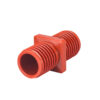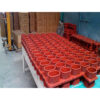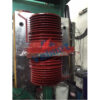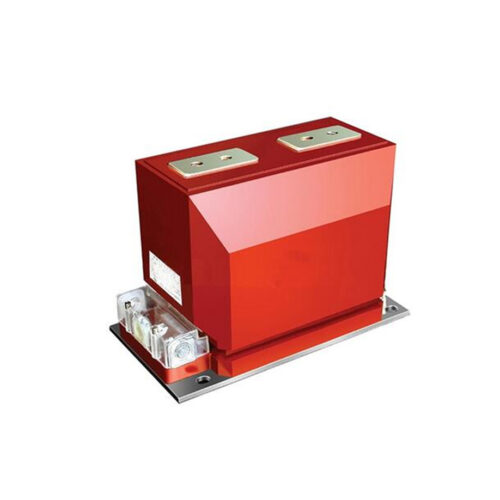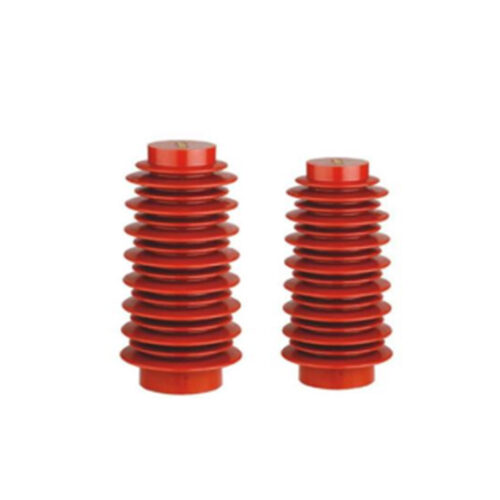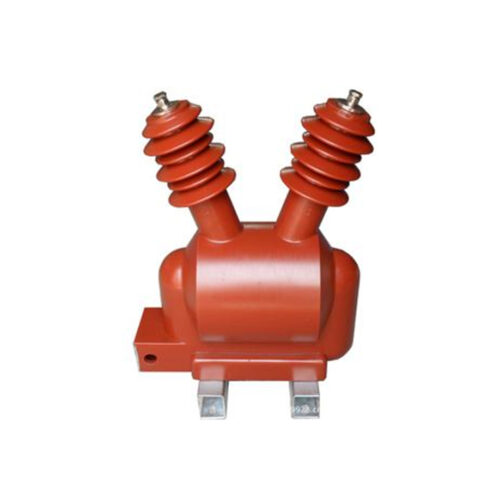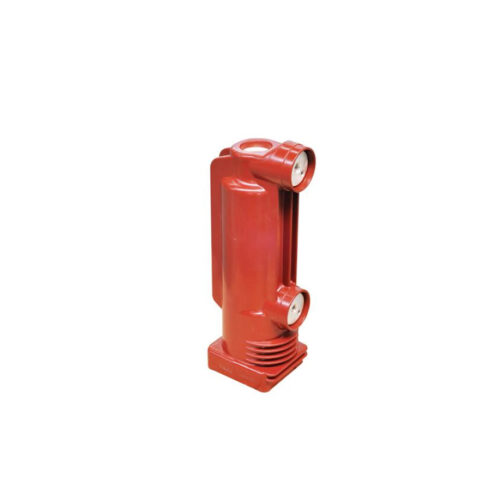Pingxiang Volmet Import&Export Trading Co., Ltd. 萍乡市沃美特进出口贸易有限公司
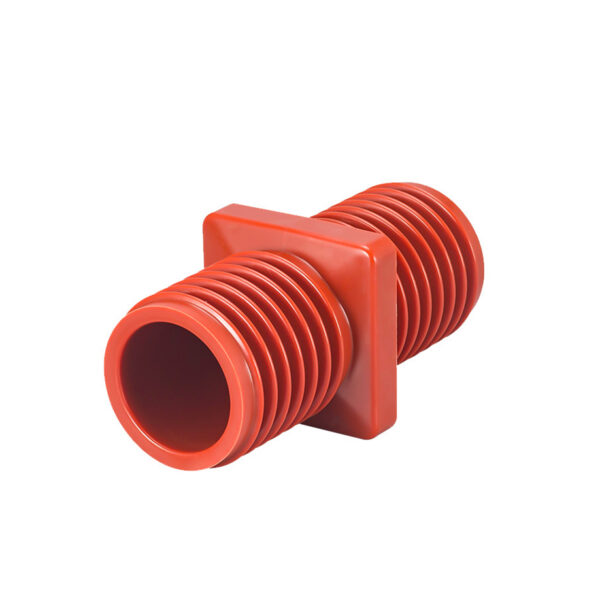
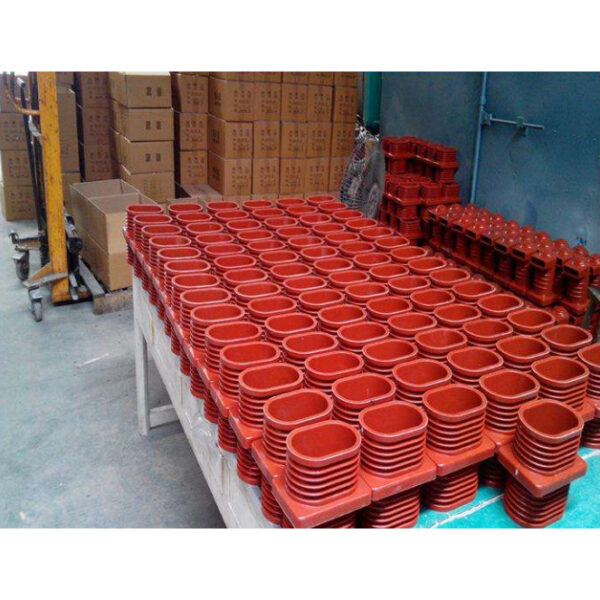
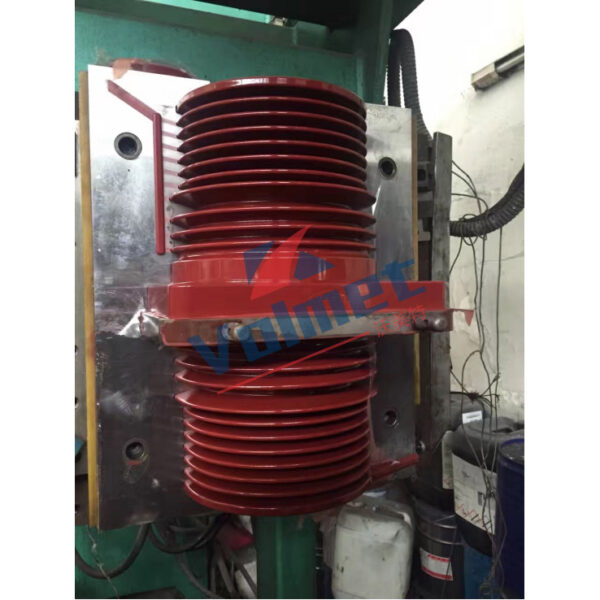
Wall Bushing
We not only supply APG machine and molds,but also cast epoxy resin products for clients.
Contact Us
Wall Bushing
Plug-in bushings manufactured from epoxy resin are used at the HV Side of the Indoor Transformer, with right cable connection. We produces Plug in Bushings for oil immersed distribution transformer, in compliance with EN 50180 / IEC60137 interface A & Cup to 36 kV, 630A. Our products are used successfully in the fields of power distribution.
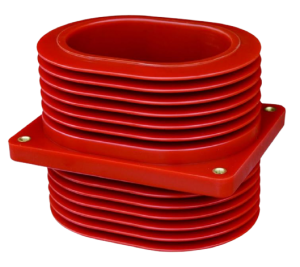
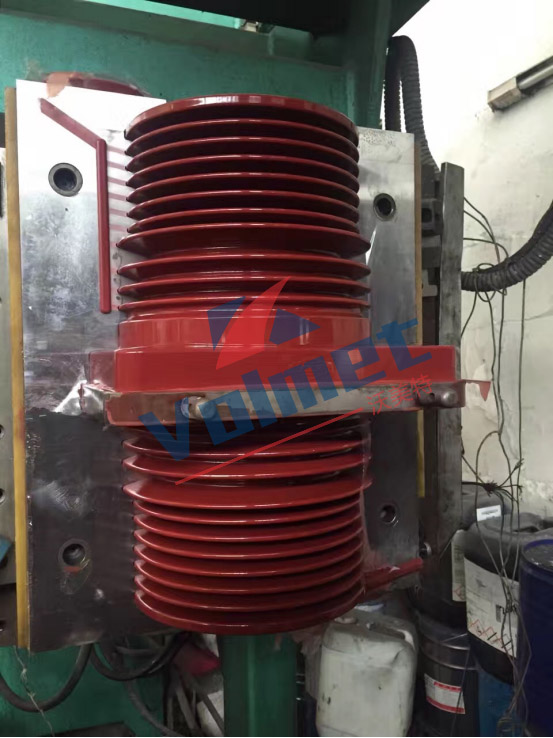
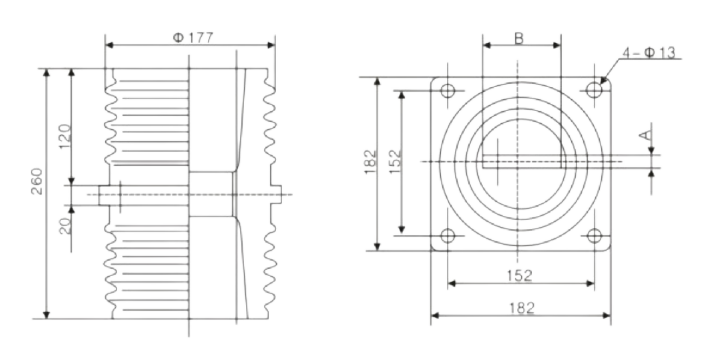
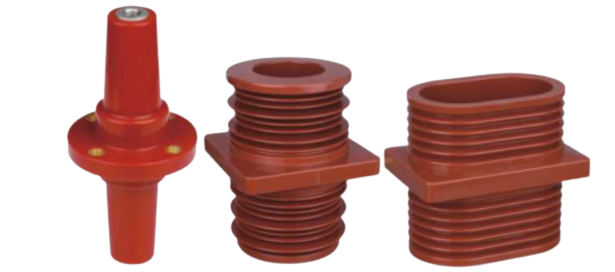
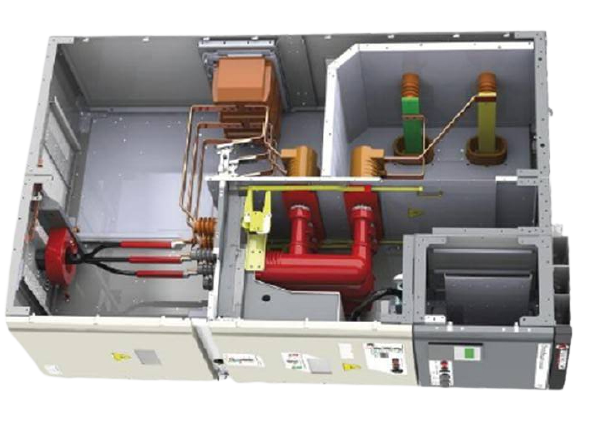
Function Use:
General production enterprises are manufactured according to the S312 and 02S404 standard atlas developed and designed by the Institute of Building Research. The wall where the flexible wall-through waterproof casing penetrates the wall should be replaced with a concrete wall if it is not concrete, and the casing must be solidified in the wall at a time; the flexible wall-through waterproof casing is applied to construction, chemical industry, steel, tap water, Sewage treatment and other units.
Technical performance
The bushing is assembled from porcelain parts, mounting flanges and conductors. The busbar bushing does not have a conductive part. The porcelain sleeve and flange are fixed with cement glue except for 35kV high-level prototypes and some products. The copper conductors are fixed by centering washers and nuts. , The aluminum conductive bar is fixed with centering washers and split pins. For the cover plates at both ends of the busbar through the wall bushing, the size of the opening is determined by the busbar specifications. The surface of the accessories is painted with gray enamel.
In order to improve the initial corona of the casing, pressure equalization measures are adopted in the structure of the 20 and 35kV casing. The porcelain wall near the flange and the umbrellas (ribs) on both sides are appropriately enlarged and thickened, and the porcelain is fired. A layer of semiconductor glaze is uniformly applied to the inner cavity of the porcelain sleeve and the vicinity of the flange, and on the umbrella (rib) near the flange. After firing, the semiconductor glaze is firmly bonded to the porcelain wall, and the porcelain wall is made by contact pieces. Short-circuit, greatly improve the electric field distribution, prevent the inner cavity of the casing from discharging, and increase the sliding discharge voltage.
The conductive part of the casing adopts aluminum conductor, which saves a lot of copper material and reduces. The conductive area connected with the bus bar is enlarged, which overcomes the shortcomings of excessively high temperature caused by the small contact area of the copper guide rod.
There are two ways to install the casing flange, positive and negative. Except for the 6 and 10kV copper conductor tube, the others are all reversed.

